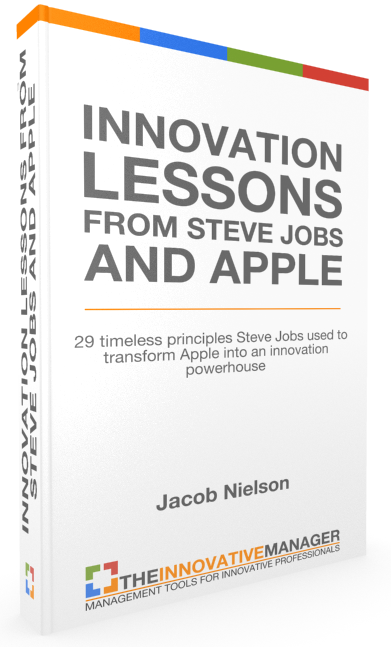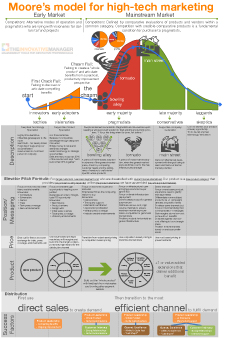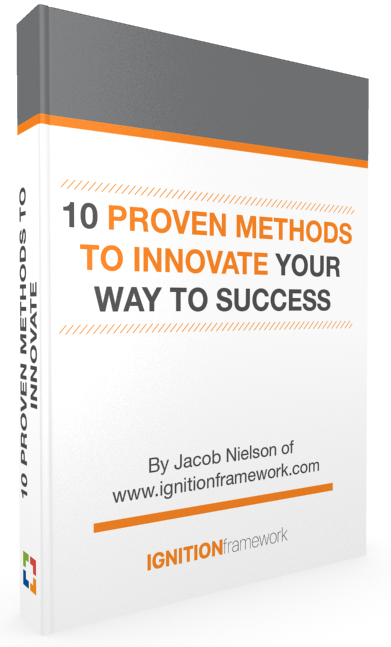Today I’m please to welcome Matt Zajechowski from Digital Third Coast Internet Marketing. Matt is working with Insights In Marketing (www.insightsinmarketing.com) on the launch of their new ebook titled Capturing Competitive Advantage: Using Insights To Tame The Strategic Planning Beast. After reading the ebook myself, I found it to be interesting and insightful and thought it would be valuable to share with you as well. Let me know what you think!
Your company absolutely needs to implement and regularly practice an ingrained policy of strategic planning if you’re a business owner and want to stay ahead of your competition in an effective, prolonged way. Following through with the strategic planning process as we’re about to cover will let you keep that competitive edge by learning to anticipate your customers’ needs in a way that will resonate with them powerfully.
So, to get down to business, what is the strategic planning process? Well, first of all, since this is just a brief guide, the full details of this powerful business system can be found in this ebook from the people at Insights into Marketing.

FREE VIDEO TRAINING FOR INNOVATORS
Over 100 Slides Free and Downloadable as a PDF
However, to get down to the essential take-away points, strategic planning involves the fundamental process of getting to know your buyer market, customers and niche and your own company’s long term goals through a methodical step-by-step process that digs deeply into the nature of all of the above. By doing this, you can then plan strategically to corner your market, sell much better and completely beat your competition at their own game while learning to retain customer loyalty through knowledge.
Let’s cover the process outlined in the ebook.
Developing a Strategic Plan
As laid down in detail in the ebook, the most crucial part of strategic planning exists in getting to know your potential customer market and existing clients in a thorough, deeply researched way. Then, having this information in hand and continuously updated, you and your organization group can create a long term strategic selling plan that much more firmly reflects exactly what your customers really want and desire deeply in your niche.
As part of its core, the strategic planning process involves answering five key questions:
- What’s the present state of your business, market and your competitors?
- What are some of your organizations primary goals and essential survival needs?
- Define your view of what would constitute success for your company
- How should you use resources to achieve that success?
- What kind of measurable progress are you making in the direction of your success vision and what are the performance indicators by which you do your measuring:
Keeping these questions in mind, you can go onto building a methodical and highly detailed strategic planning checklist that will let you collect and deploy information for the achievement of your goals. The ebook covers these checklist steps in deep detail.

Some of the more crucial checklist items however include:
- Sales and financial performance and apparent trends you can extrapolate from these numbers
- Profiles on current and possible competition
- Information about your customers’ preferences, demographics, passions psychology and buying habits.
Constructing the Consumer Information Roadmap
One of the fundamental tools you can create for knowing your customers better than any competitor is called a “consumer information roadmap” and it can be built through something called a consumer insights audit.
In essence, this means gathering all the information you can find or already have on your target customers and examining it thoroughly so you can know where to fill in the holes and gather still more data. This, naturally, will be a continuous process.
Some key examples of highly important information to look for following your consumer insights audit include:
- The segmentation of your customers into different types (great for specializing your advertising campaigns)
- Your customers online browsing habits
- How your customers use your brand
- How they perceive it
- Awareness of your advertising amongst your market segment
- Your customers’ buying habits
- How satisfied they are with your products and service
- Ideal marketing mediums for each customer segment
- Best practices for pricing and offers (lots of A/B testing here, even small changes can massively impact results)
- The emotional triggers, passions and psychological makeup of your customers
The more information of the kind listed above that you can get your hands on, the better your consumer information roadmap and subsequent strategic planning will be. You will be able to craft far more impactful marketing campaigns and products or services.
In essence, what you really want to develop is a general talent in your company for creating the perfect value proposition to the perfect customer by pressing their practical and emotional triggers in a way that turns them into fans. If you want a great example of what this means when done best, just think of Apple and its relationship with fans.
Making Consumer Insights part of your company culture
All of the above and particularly the process that goes into your consumer information roadmap should be part of an integrated company culture that lives and breathes knowing your customers as deeply as possible. You want your organization to take advantage of all avenues for consumer insights on a continuous basis and plan strategically based on what these insights tell them.
Again, if you really want to have a handy and very detailed roadmap of how to achieve the above, take a look at the ebook by Insights into Marketing! It’s free.
– Matt Zajechowski
Matthew Zajechowski is an Outreach Manager for Digital Third Coast. Connect with him on Twitter and Google+














